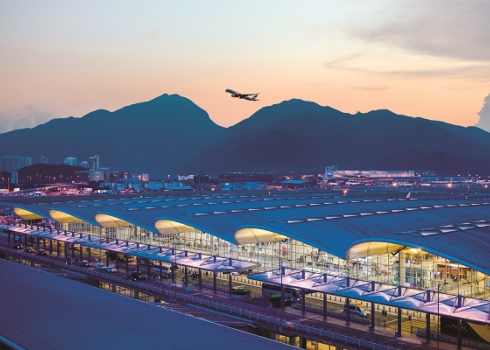Hong Kong International Airport (HKIA) recorded steady growth in cargo traffic in July, underscoring its position as one of the world’s busiest air freight hubs.
The airport handled 430,000 tonnes of cargo in July, a 3.9% year-on-year increase, driven largely by stronger demand to and from Europe and the Middle East.
This growth helped offset a decline in volumes on North American routes.
For the first seven months of 2025, cargo throughput rose 2.2% year-on-year to 2.83 million tonnes.
On a 12-month rolling basis, volumes increased 5.4% to around 5 million tonnes.
Airport authorities highlighted the continued expansion of HKIA’s cargo network as airlines restore suspended routes and introduce new ones.
Recent additions include Munich, Rome and Brussels in Europe; Subang in Southeast Asia; and Yiwu and Datong in mainland China.
The network expansion further consolidates HKIA’s role as a key global logistics hub, linking Asia with major consumer and manufacturing markets worldwide.
How HKIA measures up against regional rivals
-
Incheon International Airport (Seoul)
Though not matching HKIA’s volumes, Incheon continues to grow steadily. While specific cargo numbers for 2025 aren’t publicly available, Incheon has long held a position among the world’s top five cargo airports, showcasing strong infrastructure investment and ambition to compete as a logistics powerhouse. -
Singapore Changi Airport
Changi handled about 1.99 million tonnes of cargo in 2024, significantly less than Hong Kong. Though a key gateway for Southeast Asia, it doesn’t rival HKIA’s freight scale.
Despite a soft spot markets and capacity shifts, HKIA’s cargo growth underscores its continued dominance as a global freight hub, particularly for transpacific and intra-Asia routes.
Incheon and Changi remain influential regional players but are far behind in sheer volume.


